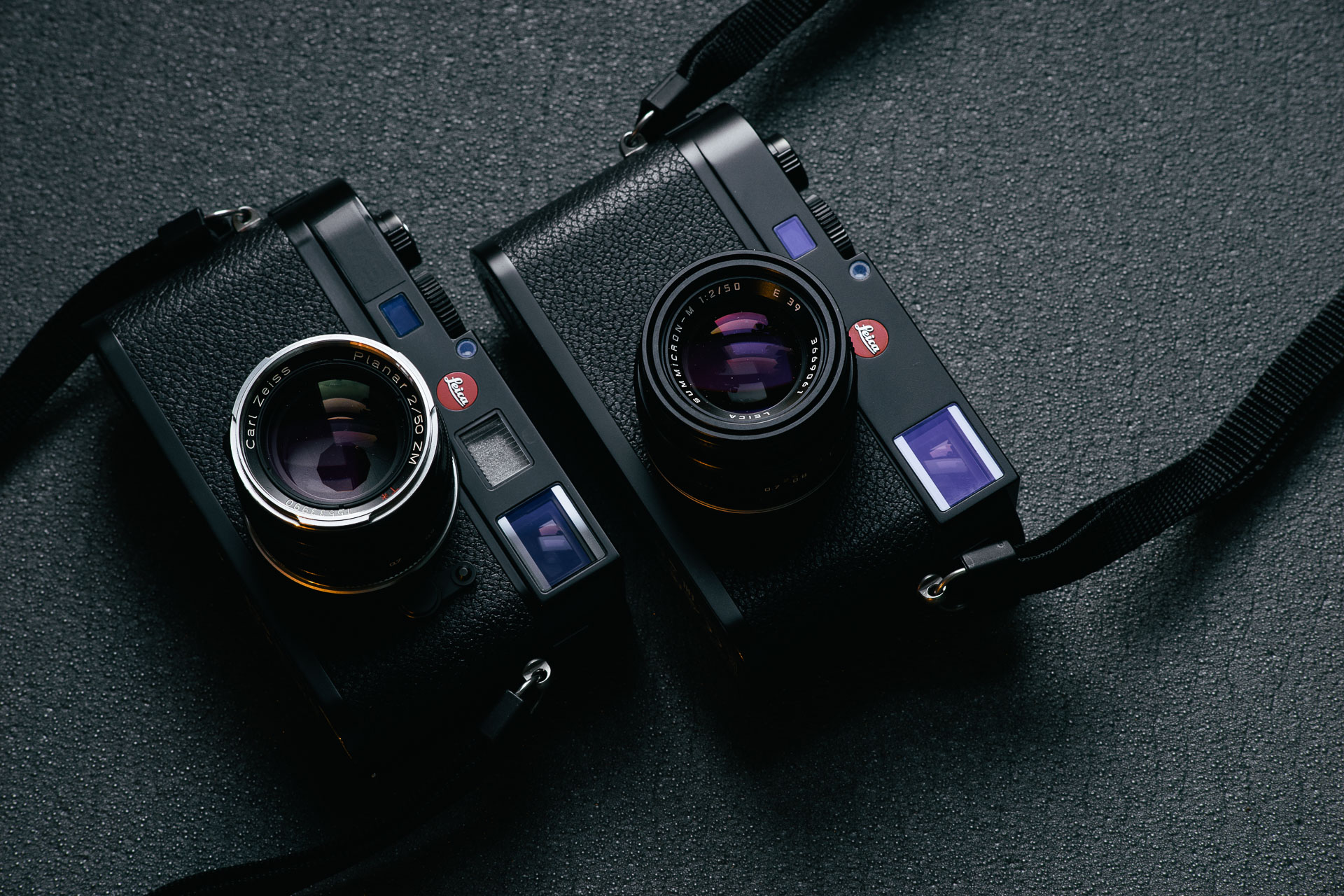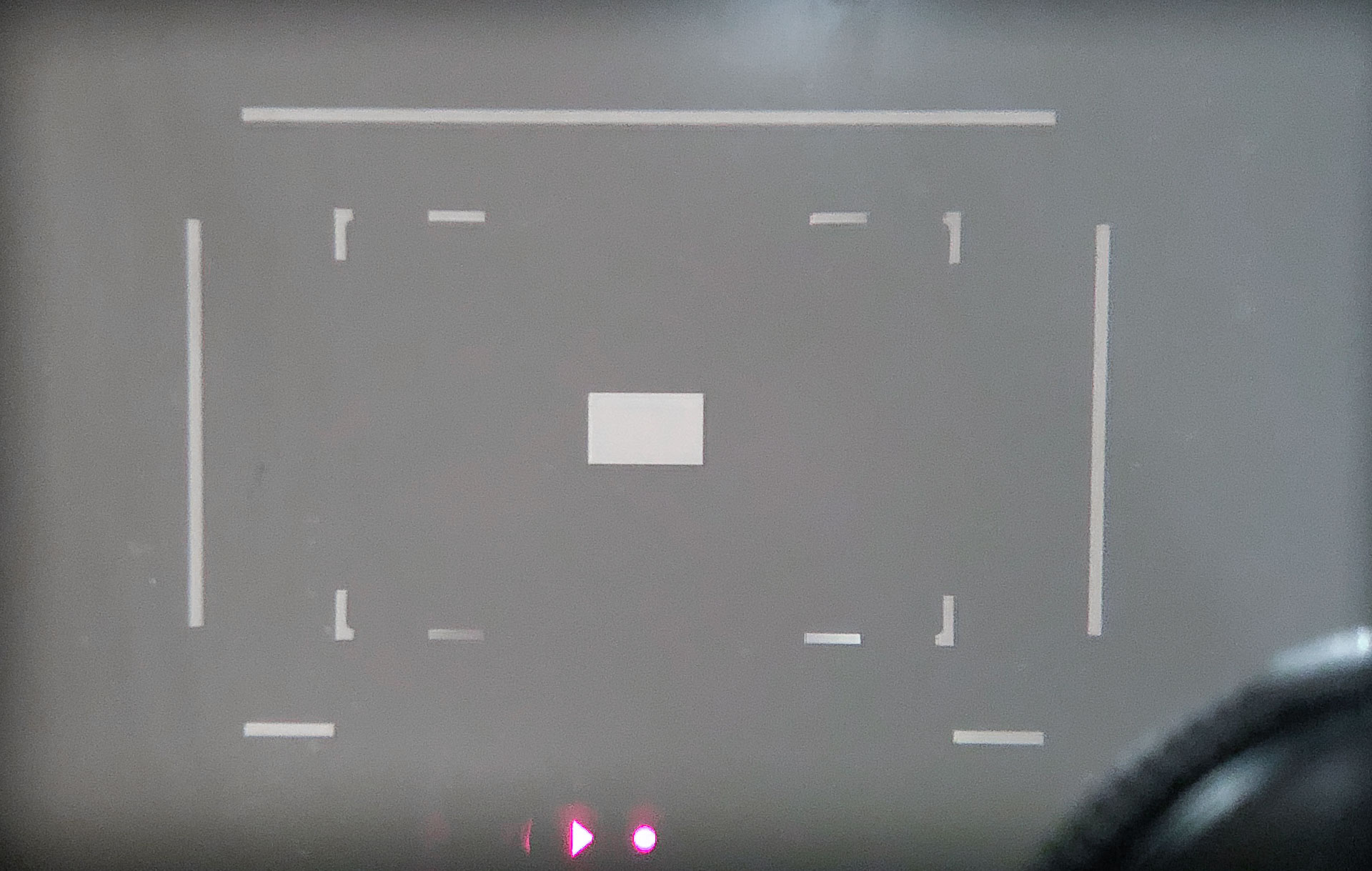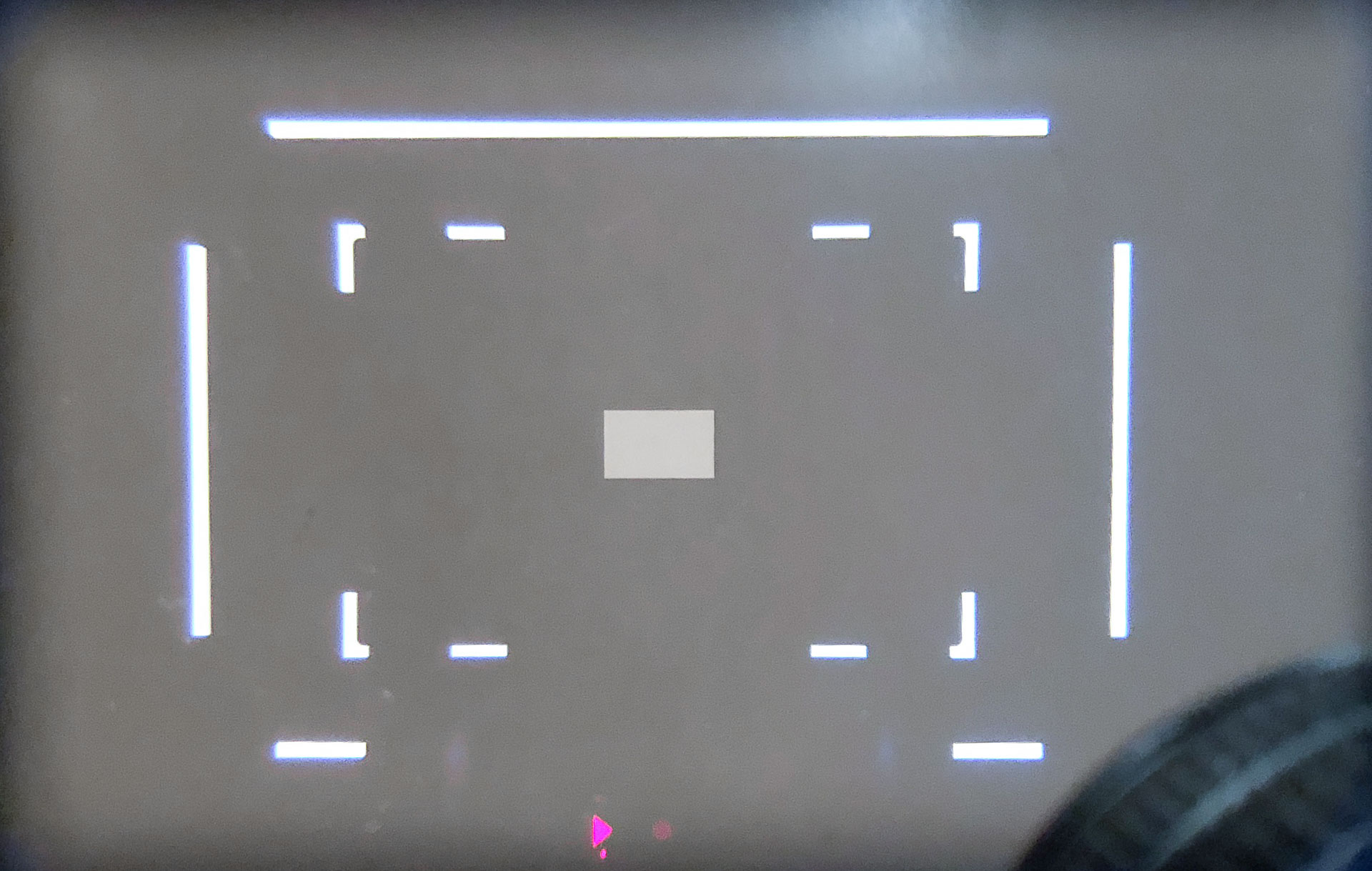
Leica M9 (left) and Leica M 262
This is an addendum to my article on the Leica family tree. It ties back to that article a lot and might not make total sense before reading it.
So shooting a bit more digital lately prompted me to upgrade from the Leica M9 to the more recent M Typ 262. I’ll surely get back to the camera in more detail before long, but with regards to my previous article on the Leica family tree there are a few points I feel are worth bringing up.

Leica M9 (left) and Leica M 262
As with any of the previous iterations in the family line it takes a trained eye to tell the M 262 from the preceding cameras. Most of the changes are centered around modernizations of the digital components (most notably higher resolution sensor and screen). The user interface gets a few tweaks and some of the control points move around. Compared to changes between previous iterations that’s already pretty substantial, but for a digital camera it’s quite subtle and the fundamentals of the camera remains unchanged.
There is one change that stands out though. The move from optically illuminated framelines to ones lighted by an LED light source. As visible above this change means that the separate illumination window is now no more, leading to a very clean gestalt.


50 and 75mm framelines in the Leica M9 and M 262 respectively. Note how much brighter and more evenly lit the M 262 ones are. Something that has both pros and cons.
This change also has a few practical implications that also mirror the changes highlighted in my previous article in that there are both up- and downsides to this change.
The positives are obvious, the framelines are now much more distinct and under many circumstances much easier to make out. There’s also no chance of uneven illumination across the framelines making the impression more consistent.
As for the downsides they are more subjective but to me equally noticeable.
For starters the reliance on a powered light source means that there aren’t any framelines when the camera is off. This isn’t too noticeable most of the time as you obviously need to power the camera on to use it. But if you switch the camera on as you bring it to your eye (something I’ve now noticed I often do) there’s a brief moment where they’re missing and being so used to the way the preceding cameras work this can be a little disconcerting.
The more noticeable annoyance is that framelines can now be almost too prominent under some conditions. This is especially true for the framelines for longer lenses when your shooting something wider. I found the optically illuminated ones for 75, 90 and 135 mm lenses in previous cameras easy to disregard when I was shooting a 28, 35 or 50 mm lens. The framelines often had a better balance between visibility and subtlety. Still I can definitely see merit in the trade off.

There are of course many more considerations on what camera to pick than how the framelines are illuminated. To me that change hardly registered before coming to the decision. My motivation was more around wanting some improvements in dynamic range and low light performance. An image such as this one would've been harder to pull off using the M9.
So once again an addition of a feature in this long line of cameras bring both distinct pros and cons.
Now which of these to digital cameras to pick comes down to much more than this specific feature, but as that’s the only fundamental change I felt it was interesting to note that it didn’t necessarily mean undisputed progress.